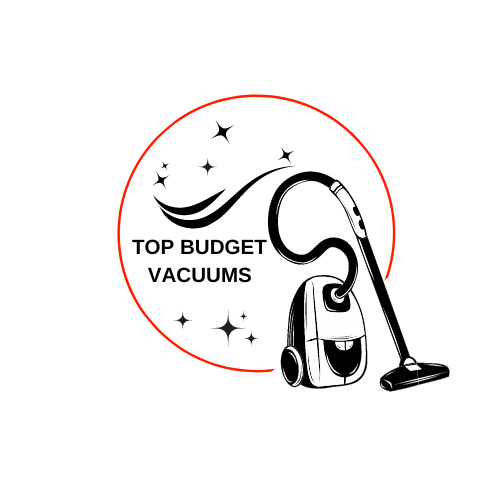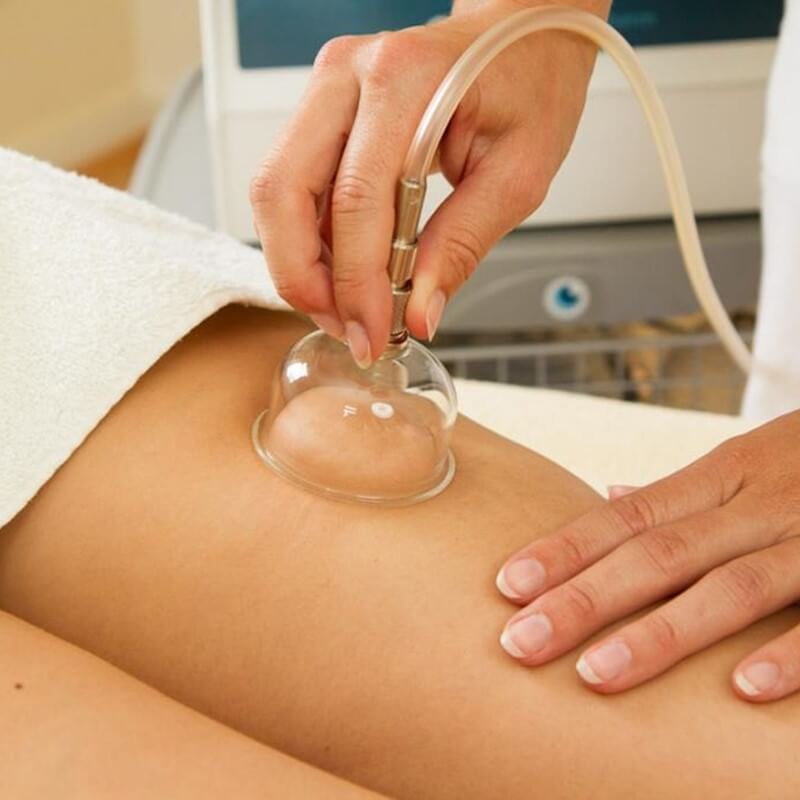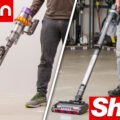In the world of vacuum cleaners, having the right suction pressure is key to achieving a truly clean space. A good suction pressure for a vacuum is typically between 80 to 100 inches of water lift. This measurement indicates the vacuum’s ability to lift water vertically, which translates to its overall suction power. Remember, the higher the suction pressure, the better the vacuum’s performance in picking up dirt, debris, and allergens from your floors and surfaces. So, next time you’re in the market for a vacuum cleaner, keep an eye out for this important specification to ensure you’re getting the best cleaning power possible. What Is A Good Suction Pressure For A Vacuum?
What is a good suction pressure for a vacuum? This is a common question that many people have when they are using a vacuum cleaner. The suction pressure of a vacuum plays a crucial role in determining its cleaning efficiency and performance. In this article, we will discuss what suction pressure is, how it is measured, and what constitutes good suction pressure for a vacuum.
Understanding Suction Pressure
Suction pressure, also known as vacuum pressure, is the force exerted by a vacuum cleaner to pull in air, dust, debris, and other particles. It is what allows the vacuum cleaner to pick up dirt from surfaces such as carpets, hardwood floors, and upholstery. Suction pressure is typically measured in inches of water lift or pascals (Pa).
When you turn on a vacuum cleaner, the motor creates suction by creating a pressure difference between the inside and outside of the vacuum cleaner. This pressure difference causes air to be drawn into the vacuum cleaner through the intake port, along with any dirt or debris present on the surface being cleaned.
How Suction Pressure is Measured
Suction pressure is measured using a manometer, a device that can measure the pressure difference between two points in a vacuum system. The most common unit of measurement for suction pressure in vacuum cleaners is inches of water lift. One inch of water lift is approximately equal to 249 pascals.
To measure the suction pressure of a vacuum cleaner, you would connect one end of the manometer to the intake port of the vacuum cleaner and the other end to the outside air. The manometer would then display the pressure difference in inches of water lift or pascals, giving you an idea of the suction power of the vacuum cleaner.
What Constitutes Good Suction Pressure
So, what constitutes good suction pressure for a vacuum cleaner? The ideal suction pressure for a vacuum cleaner depends on the type of vacuum, the surface being cleaned, and the specific cleaning requirements. As a general rule of thumb, a suction pressure of around 60 to 80 inches of water lift or 15,000 to 20,000 pascals is considered good for most household vacuum cleaners.
Higher suction pressure is usually better for heavy-duty cleaning tasks, such as deep cleaning carpets or removing stubborn dirt and debris. On the other hand, lower suction pressure may be more suitable for delicate surfaces or light cleaning tasks where excessive suction power could damage the material being cleaned.
Ideal Suction Pressure for Different Types of Vacuums
-
Upright Vacuums: Upright vacuums typically have higher suction pressure compared to canister vacuums, making them more suited for deep cleaning carpets and removing pet hair.
-
Canister Vacuums: Canister vacuums may have slightly lower suction pressure but are versatile and maneuverable, making them suitable for cleaning hard floors, stairs, and upholstery.
-
Handheld Vacuums: Handheld vacuums usually have lower suction pressure but are convenient for quick cleanups, spot cleaning, and cleaning tight spaces such as car interiors.
-
Robotic Vacuums: Robotic vacuums have varying suction power, with some models offering adjustable suction settings for different surfaces and cleaning requirements.
Factors Affecting Suction Pressure
Several factors can affect the suction pressure of a vacuum cleaner, including:
-
Clogged Filters: Dirty or clogged filters can restrict airflow and reduce suction pressure. It is essential to clean or replace filters regularly to maintain optimal suction power.
-
Leaky Seals or Hoses: Leaks in the vacuum cleaner’s seals or hoses can cause a loss of suction pressure. Inspect seals and hoses for any signs of wear or damage and repair or replace them as needed.
-
Blockages in the Hose or Brush Roll: Obstructions in the hose or brush roll can impede airflow and reduce suction efficiency. Check for and remove any blockages to restore optimal suction performance.
-
Motor Performance: The motor’s performance directly affects the suction pressure of the vacuum cleaner. A powerful motor can generate higher suction pressure, resulting in better cleaning performance.
Tips for Optimizing Suction Pressure
To ensure your vacuum cleaner operates at its peak performance and maintains good suction pressure, here are some tips to consider:
-
Regular Maintenance: Clean or replace filters, empty dust bins or bags, and check for any clogs or blockages regularly to prevent a decrease in suction pressure.
-
Inspect Seals and Hoses: Check for leaks in seals and hoses and repair or replace them as needed to maintain optimal suction power.
-
Adjust Suction Settings: Some vacuum cleaners come with adjustable suction settings for different surfaces. Use the appropriate suction setting to optimize cleaning performance.
-
Clean Brush Rolls and Agitators: Remove tangled hair, string, or debris from brush rolls and agitators to prevent blockages and ensure proper airflow for effective suction.
-
Use the Right Attachments: Different attachments are designed for specific cleaning tasks and surfaces. Use the right attachments to maximize suction power and efficiency.
Conclusion
In conclusion, understanding what constitutes good suction pressure for a vacuum cleaner is important for achieving optimal cleaning performance. The suction pressure of a vacuum plays a significant role in its ability to pick up dirt, debris, and particles from various surfaces. By following the tips for optimizing suction pressure and considering factors that affect suction performance, you can ensure that your vacuum cleaner operates efficiently and effectively for your cleaning needs.






